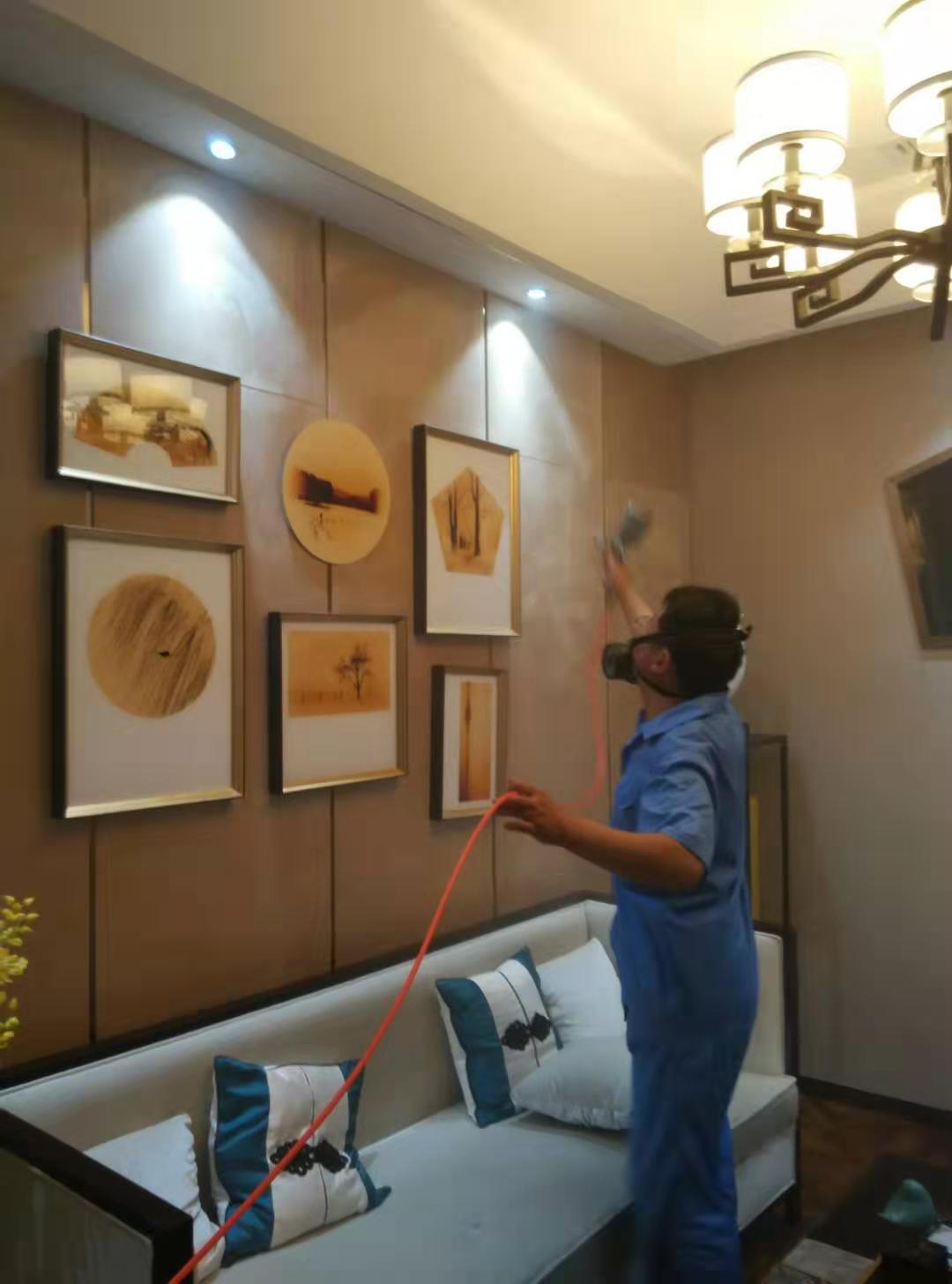(1)气象因素。建筑通风可以获得室外空气,因此室外气象变化对室内通风、温度、湿度和室内环境中的暴露时间有很大影响。影响空气污染扩散的主要气象因素有两个。气象动力因素主要是风和湍流,这两个因素对污染物的扩散和稀释起着决定性的作用。气象热力因素主要指气温层和空气稳定性。
(1) Meteorological factors. Building ventilation can obtain outdoor air, so outdoor weather changes have a great impact on indoor ventilation, temperature, humidity and exposure time in the indoor environment. There are two main meteorological factors that affect the diffusion of air pollution. The main meteorological dynamic factors are wind and turbulence, which play a decisive role in the diffusion and dilution of pollutants. Meteorological thermal factors mainly refer to the temperature layer and air stability.
(2)室内外空气交换率。在同一污染源强度下,当风量较大时,室内污染物浓度较低。室内外空气交换越好,建筑材料和装饰材料中甲醛和VOCs释放越快,越有利于室内环境的清洁。因此,装修后的房屋应注意通风,增加室内外空气交换。但“有风不清洁”会使室内更开窗户通风,空气质量较差。
(2) Indoor and outdoor air exchange rate. Under the same pollution source intensity, when the air volume is large, the indoor pollutant concentration is low. The better indoor and outdoor air exchange is, the faster formaldehyde and VOCs are released from building materials and decorative materials, the more conducive to indoor environment cleaning. Therefore, after the decoration of the house should pay attention to ventilation, increase indoor and outdoor air exchange. But "windy and unclean" will make the room more open windows for ventilation, and the air quality is poor.
(3)建筑结构的影响。为了让人们享受到更好的环境,建筑的设计尤为重要。在设计过程中,应考虑采光、通风等情况,此外,设计师应考虑防止疾病的传播,防止室内空气的交叉污染。此外,迎风的风压和背风面建筑物的太小,不能形成一个有效的对流,即使通风条件非常好也将面临“无风”的情况,不良室内污染物的扩散,增加污染物对人类健康的威胁。

(3) The influence of building structure. In order to let people enjoy the best environment, architectural design is particularly important. In the design process, lighting, ventilation and other conditions should be considered. In addition, the designer should first consider to prevent the spread of disease and the cross contamination of indoor air. In addition, the windward wind pressure and the building on the leeward side are too small to form an effective convection. Even if the ventilation condition is very good, it will also face the situation of "no wind". The diffusion of bad indoor pollutants will increase the threat of pollutants to human health.
(4)室内环境因素的综合效应。室内环境污染不仅包括物理、化学、微生物等污染因素,还包括室内温度、湿度、风速等因素。研究表明,室内空气温度为26℃,混合挥发性有机化合物(10mg/m?),气温与有机化合物对人体健康有明显的协同作用。
(4) The comprehensive effect of indoor environmental factors. Indoor environmental pollution includes not only physical, chemical, microbial and other pollution factors, but also indoor temperature, humidity, wind speed and other factors. The results show that the indoor air temperature is 26 ℃, and volatile organic compounds (10 mg / M?) are mixed. There is a significant synergistic effect between air temperature and organic compounds on human health.
这些都是影响室内空气污染物扩散的因素。
These are the factors that affect the diffusion of indoor air pollutants.
